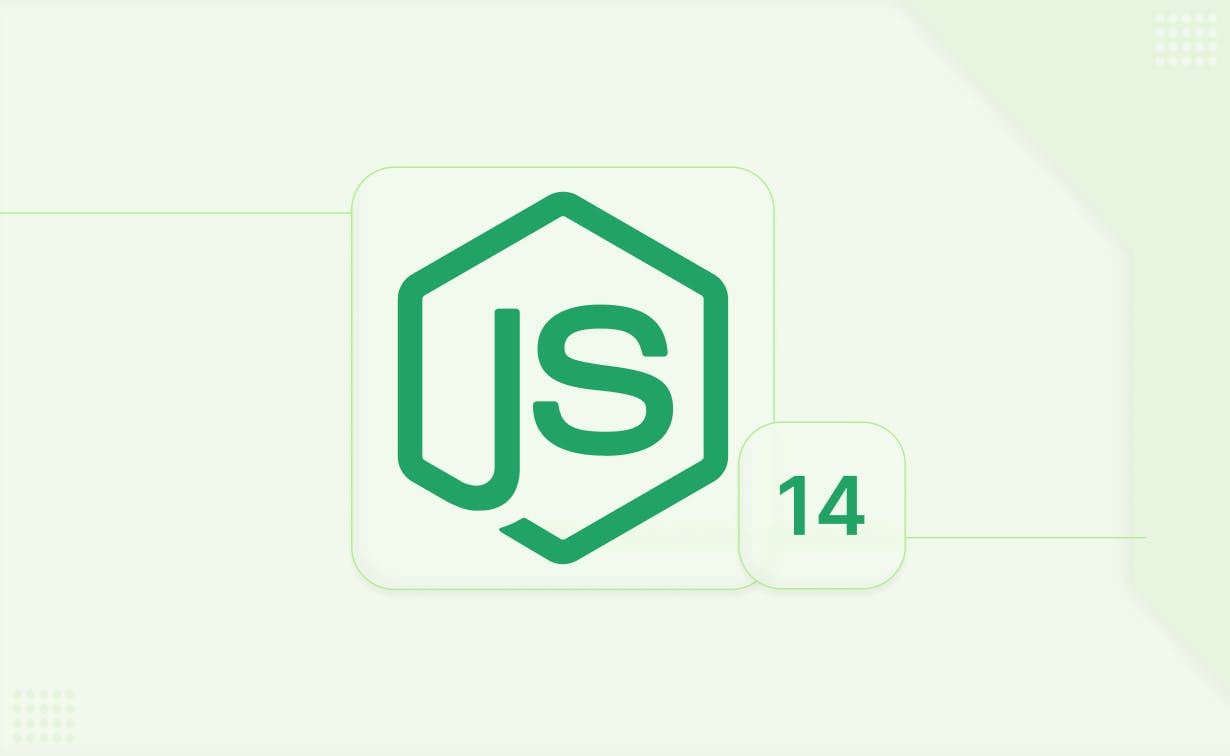
It's that time of the year when Node releases its updated version. First introduced in 2009, Node.js has made it to version 14 which was released on the 21st of April featuring few improved diagnostics and a WebAssembly interface. However, it is intimated that this version will currently replace the node.js 13 and will provide long-term support (LTS) only after October. Users' feedback on this will play a crucial part in further maintenance and developments.
This new version happens to deliver more enterprise-friendly features on-demand at the demands of enterprise developers. It will open a new gateway to deliver key enhancements in the market. As the download for Node.js has continued to rise per year, it has led Node.js Development Companies to feature their services across for their businesses leading to their own development.
With each passing year, node.js has been able to prove its worth and gained momentum worldwide and 2020 is no other year hence we can see a lot happening over the next few months with version 14. With this let's explore some of the most significant updates of the Node.js that we can expect in 2020.
npm install node-report
Once it is installed, the report can be triggered via an API call such as:
var nodereport = require('node-report');nodereport.triggerReport();
With this release of Node.js 14, a report can be generated from within the application without having to install node-report, in the form of:
process.report.writeReport('./filename.json');
node --report-uncaught-exception --report-on-signal --report-on-fatalerror app.jsIn Node.js 14, the V8 engine that was initially being used has now been updated to version 8.1. Node.js 14 is supposed to benefit from the improvements
In Node.js 14, there are no traces of warning when using ESM in Node.js, keeping the ESM implementation experimental. However, the transpilation workflows support features like optional file extensions or JSON modules that are not supported in the environment.
Modules from transpired environments need to refactor to work in Node.js. The design decisions were made primarily for Spec compliance and Web Compatibility. It is however believed that the current implementation offers a future proof model in 0rder to authorize ESM modules that pave the path towards Universal JavaScript.
It is said that even though the ESM implementation remains experimental in Node.js 14, the warning for the same will no longer appear. Hence, users are given cautionary advice while using ESM in production.
Internationalization is the key requirement for the users. Version 13 was itself compiled with full ICU which is a mature and popular globalization library. It also includes support formatting numbers, dates, times and currencies, performing time calculations, and string comparisons.
It is also responsible for interchanging the text between Unicode and other character sets. However, in Node.js 14 October release this will be the first LTS release to include full ICU by default.
Node.js 14 includes another Experimental API called AsyncLocalStorage. The expectation is that this more significant level API may have a simpler time getting the opportunity to steady as it uncovered less internals and gives a less complex API. While various npm modules gave comparative usefulness, the troubles in keeping up and getting packages to utilize them in a far-reaching way has brought about an accord that an API ought to be given as a component of Node.js itself.
The asynchronous nature Node.js implies that arrangements from different dialects, (for example, Thread Local Storage) don't work for Node.js. The community has been taking a shot at APIs to help follow and oversee setting through asynchronous calls over various discharges. The test Async Hooks API was added to help address this issue, however, is as yet attempting to get steady.
Node.js 14 gives prefabricated binaries to various stages. For each significant discharge, the base toolchains are surveyed and raised where suitable. This release coincides with moving the entirety of our macOS parallels to be assembled on macOS 10.15 (Catalina) with Xcode 11 to help package authorization. As binaries are as yet being incorporated to help the individual arrange focuses for the release lines, it cannot be anticipated negatively affecting Node.js clients on more established forms of macOS. For Node.js 14, the base macOS target variant to macOS 10.13 is achieved.
Node.js follows a strict development cycle for its release, with numerous branches in various phases of development at some random point in time. At the point when the underlying arrival of Node.js 14 was reported on April 21, it was viewed as the "current" release.
While it is in the 'current' stage, Node.js 14 will get the most new features that are added to Node.js. This is ideal for evaluating the most recent highlights, testing the compatibility of your project with the most recent Node.js updates and giving us input so the release is prepared to progress to LTS in October.
Also Check out our Article : Node.js v12 - New Features You Shouldn't Miss

This website uses cookies to analyze website traffic and optimize your website experience. By continuing, you agree to our use of cookies as described in our Privacy Policy.